Pecorino: properties, characteristics and types
Pecorino is a term that does not indicate a cheese typical of a specific geographical area; rather, it refers to the use of sheep's milk in its production. Historically, pecorino has a Mediterranean origin, but over time it has spread elsewhere.
The most important difference between pecorino and Parmigiano Reggiano or Grana Padano, which are made from cow's milk, lies in the percentage of fat and casein. These two substances, in fact, are present in more than double the percentage of sheep's milk compared to cow's milk.
The production of sheep's milk cheese in Italy has reached such a level of quality that it occupies a strategic position in the dairy sector; so much so that the production of sheep's milk cheese is around 67 thousand tonnes per year.
History and processing of pecorino
Sheep's milk cheese has a very ancient history and is perhaps one of the first cheeses produced by man in the Mediterranean area. Because of its antiquity and the vast area of production, there is no single type of processing and no single specification to which to adhere.
Although pecorino retains some common characteristics, the European Community has recognised no less than nine protected designations of origin (PDO) registered under the name of pecorino; depending on the typical processing of a specific region or area:
- Pecorino Romano PDO
- Pecorino Toscano PDO
- Pecorino Sardo PDO
- Pecorino di Filiano PDO
- Pecorino del Crotonese PDO
- Pecorino di Picinisco PDO
- Pecorino Siciliano PDO
- Pecorino delle Balze Volterrane PDO
- Pecorino del Monte Poro PDO
But there are also other types and other PDOs from the same regions as the areas mentioned.
Let's take a look at some characteristics of the best-selling and best-known Pecorinos in Italy.
Pecorino Romano PDO
Among the oldest cheeses of all, Pecorino Romano DOP dates back to the Roman Empire: according to historians, this cheese was given to Roman soldiers as a source of energy and refreshment before and after battles.
Pecorino Romano DOP is distinguished by its hard, cooked paste; the milk is coagulated with lamb's rennet paste, which comes from animals bred in the production area.
The sheep from which this cheese is made are typical of Lazio and Sardinia, regions that have been breeding these animals for centuries in the wild and feeding them on natural pastures.
The typical processing of pecorino has also remained the same. Today, Pecorino Romano DOP is produced in Sardinia, Lazio and the province of Grosseto.
In the process, the fresh milk is measured, filtered and processed directly raw or pasteurised at a maximum temperature of 68° for about 15 minutes.
When the milk is coagulated in the vats, the 'scotta graft' ferment, created daily according to tradition, is added. It is this ferment that characterises the pecorino.
The graft is made up of an association of indigenous thermophilic lactic bacteria.
Aesthetically, Pecorino Romano DOP is white or straw yellow in colour, while the taste is aromatic, savoury and slightly spicy.
Sardinian Pecorino PDO
Sardinian Pecorino PDO comes from the same milk used to make Pecorino Romano, but is processed a little differently.
In the meantime, Sardinian pecorino is a cheese made from whole milk with a hard, semi-cooked and uncooked paste; it can also be divided into two types: mild and mature.
Sardinian Pecorino PDO sweet is a cheese with a short maturation period, which does not exceed 60 days; the rind is smooth and semi-hard; the inside is soft, elastic and very compact, with a white colour. The flavour is sweet, aromatic and slightly acidic.
Sardinian Pecorino PDO mature has a minimum maturation of 2 months, which differentiates it in appearance and taste from the sweet type. The rind is hard and firm, while the paste is hard and grainy; the taste of mature Sardinian pecorino is strong and spicy on the palate.
Pecorino Toscano PDO
The Pecorino Toscano PDO, like the Sardinian one, can be produced in two versions: soft or semi-hard, depending on the maturing time: the minimum maturation is 20 days and at least 4 months for the matured one. The production area of Pecorino Toscano DOP covers the whole region of Tuscany, the neighbouring municipalities of Viterbo in Lazio and Perugia and Terni in Umbria.
Compared to the processing of Pecorino Romano DOP for which lamb rennet is added; the production regulations for Pecorino Toscano DOP state that calf or vegetable rennet must be used, while the coagulation temperature is around 33° and 38°, for about 25 minutes.
Like Pecorino Romano DOP and Pecorino Sardo DOP, Pecorino Toscano DOP can be produced with raw or pasteurised milk and is inoculated with natural or selected indigenous milk enzymes. The processing differs especially after the curd has been broken and the result is a cheese with a different colour and appearance.
The rind of Pecorino Toscano DOP is yellow and hard; the paste is compact and tender when cut, white or yellowish in colour, while the mature cheese is straw-coloured with irregular holes. The taste is always sweet, never savoury or spicy, but can be more pronounced depending on the seasoning.
Fiore Sardo PDO
Fiore Sardo PDO can be produced throughout the region of Sardinia, but the milk used to produce it must come from animals of the Sardinian breed.
Fiore Sardo PDO is produced from whole, raw, fresh milk and can be made from both morning and evening milking separately, but a mixture is also permitted in the specification. The milk is then inoculated with milk enzymes, which may also be indigenous to the area.
The colour of the rind of Fiore Sardo PDO can vary from deep yellow to dark brown, the paste can be white or straw yellow and the flavour is characteristic and can be more or less spicy depending on the degree of ripeness.
Fiore Sardo PDO can also be used as a grating cheese if it is matured for more than six months.
Other productions
The Italian market offers a wide choice of PDO pecorino, but also some other fantastic products that are not yet PDO. Among the most produced and marketed are the Calabrese, the pecorino abbucciato; produced in Florence and Arezzo, the pecorino from Pienza but also the Casentino and Valtoberina and the product from Amatrice.


 Italiano (IT)
Italiano (IT)  Deutsch (DE)
Deutsch (DE)  Français (FR)
Français (FR)  Español (ES)
Español (ES)  Polish (PL)
Polish (PL) 

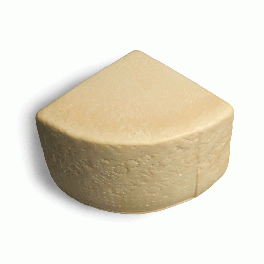
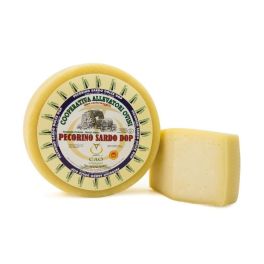
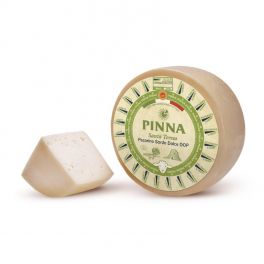

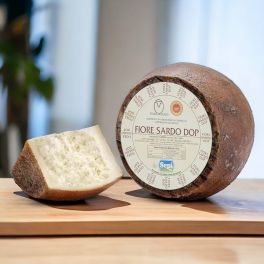
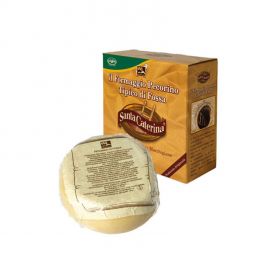
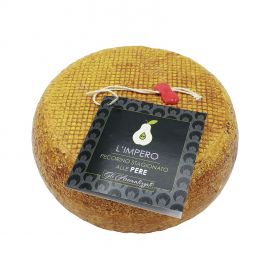
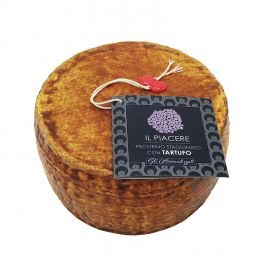



Share on: